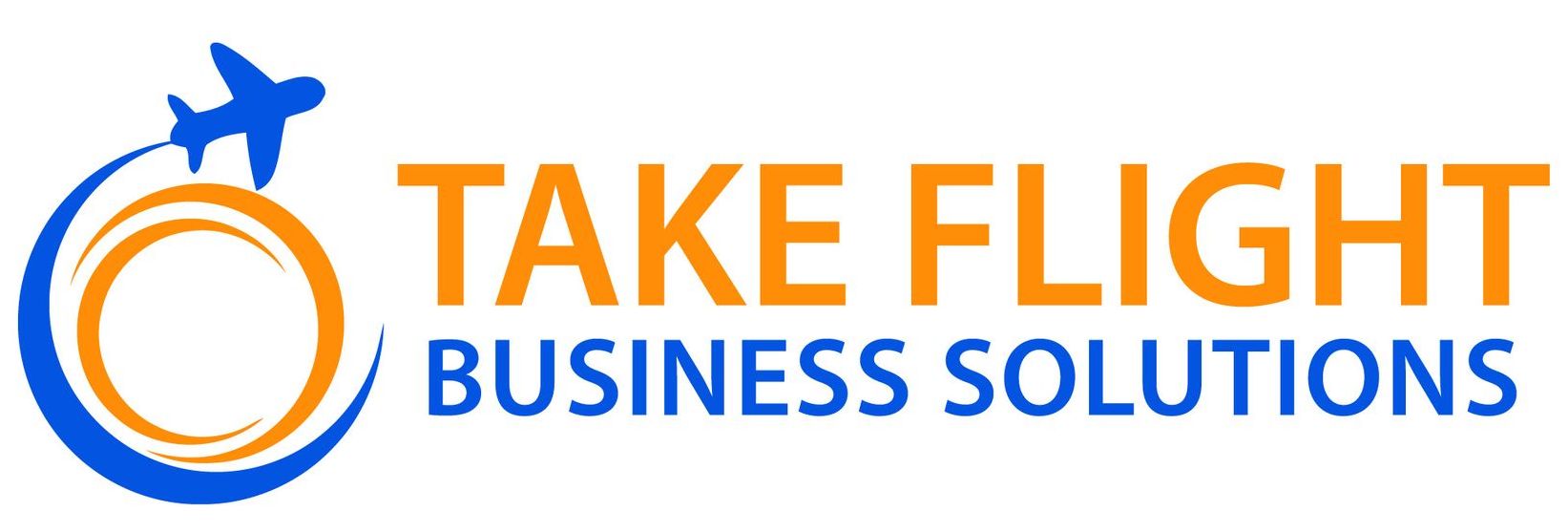Ways to Improve Your Small Business's Profitability: Insights from a CPA
Ways to Improve Your Small Business's Profitability: Insights from a CPA

Introduction
Running a small business can be both rewarding and challenging. While you may have a fantastic product or service, success ultimately depends on profitability. As a Certified Public Accountant (CPA), I've seen countless small businesses struggle to turn a profit, even when they have a solid foundation. In this blog, I'll share clever ways to improve your small business's profitability from a CPA perspective. These strategies are practical, actionable, and designed to help you boost your bottom line.
1. Streamline Your Accounting Processes
Effective financial management is the cornerstone of profitability. Begin by streamlining your accounting processes. Invest in accounting software that can help you track income and expenses, generate reports, and manage payroll efficiently. Automating routine tasks will save you time and reduce the risk of errors, ensuring your financial records are accurate and up to date.
Additionally, consider outsourcing your accounting to a professional CPA or firm. While this may seem like an added expense, it often pays for itself by providing you with expert guidance, helping you identify tax deductions, and ensuring compliance with tax laws.
2. Cut Unnecessary Costs
Review your expenses with a critical eye. Identify areas where you can cut unnecessary costs without sacrificing quality or customer satisfaction. This might involve renegotiating contracts with suppliers, switching to more cost-effective vendors, or eliminating low-impact marketing strategies.
Don't forget to consider indirect costs like utilities, rent, and insurance. Are there ways to reduce these expenses? For instance, you could explore energy-efficient lighting or renegotiate your lease terms.
3. Analyze Pricing Strategies
Your pricing strategy has a direct impact on your profitability. Evaluate your pricing structure to ensure it covers not only your costs but also generates a healthy profit margin. Consider conducting a thorough competitor analysis to determine whether you can increase prices without losing customers.
Moreover, think about bundling products or services to create value for your customers and potentially boost your average transaction value. Alternatively, explore tiered pricing models that cater to different customer segments.
4. Implement Effective Inventory Management
Inventory management can significantly affect your cash flow and profitability. Overstocking ties up your capital and storage space, while understocking can lead to missed sales opportunities. Employ the just-in-time inventory method to minimize holding costs and ensure you have the right amount of inventory on hand.
Additionally, consider liquidating slow-moving or obsolete inventory to free up capital and reduce storage costs. Regularly review your inventory turnover ratio and adjust your purchasing accordingly.
5. Optimize Your Tax Strategy
Taxes can eat into your profits, so it's crucial to have a tax strategy in place. Work closely with your CPA to take advantage of all available tax deductions, credits, and incentives. This might include deducting home office expenses, exploring tax-efficient retirement plans, or maximizing depreciation deductions.
Furthermore, consider your business structure. Discuss with your CPA whether it's beneficial to reorganize as a different entity type (e.g., an LLC or S Corporation) to reduce your tax liability.
6. Focus on Customer Retention
Acquiring new customers is essential, but retaining existing ones is often more cost-effective and profitable. Implement customer loyalty programs, gather feedback, and provide exceptional customer service. A satisfied customer is more likely to make repeat purchases and recommend your business to others.
Consider implementing a customer relationship management (CRM) system to track and nurture relationships with your existing client base. It can help you identify opportunities for upselling, cross-selling, and personalized marketing.
7. Diversify Your Revenue Streams
Relying on a single product or service can leave your business vulnerable to market fluctuations. To increase profitability and resilience, explore opportunities to diversify your revenue streams. This might involve expanding your product line, targeting new customer segments, or entering new geographic markets.
Before diversifying, conduct thorough market research to ensure there's demand for your new offerings and that you have the resources and expertise to support them effectively.
8. Negotiate Better Payment Terms
Improve your cash flow by negotiating better payment terms with both suppliers and customers. For suppliers, negotiate longer payment terms or seek discounts for early payments. Conversely, for customers, encourage timely payments through incentives like early payment discounts or penalties for late payments.
Consider offering multiple payment options to customers, including credit cards, digital wallets, and automated payment plans. The easier it is for customers to pay you, the more likely you are to receive prompt payments.
9. Invest in Marketing Wisely
Marketing is essential for attracting customers, but it's important to invest your marketing budget wisely. Use data analytics to identify which marketing channels and campaigns provide the best return on investment (ROI). Allocate more resources to the strategies that generate the most revenue and trim back on less effective ones.
Additionally, explore cost-effective marketing options like content marketing, social media, and email marketing to reach your target audience without breaking the bank.
10. Monitor Key Performance Indicators (KPIs)
Tracking key performance indicators (KPIs) is crucial for assessing your business's financial health and making informed decisions. Identify and monitor KPIs that are relevant to your industry and business goals. Common financial KPIs include gross profit margin, net profit margin, and return on investment (ROI).
Create a dashboard or use accounting software to visualize these metrics over time. Regularly reviewing KPIs will help you spot trends, make adjustments, and stay on track toward profitability.
11. Expand Your Online Presence
In today's digital age, having a strong online presence is essential for business growth. If you haven't already, invest in a professional website, optimize it for search engines (SEO), and create valuable content that resonates with your target audience.
Explore e-commerce options if applicable to your business. Selling products or services online can open up new revenue streams and expand your customer base beyond your local market.
12. Focus on Employee Productivity
Your employees are a valuable asset to your business, and their productivity directly impacts your profitability. Foster a positive work environment, provide training and development opportunities, and incentivize high performance. Happy and motivated employees are more likely to contribute to your business's success.
Consider implementing productivity tools and software to streamline workflow processes and improve communication within your team. Efficient operations can reduce labor costs and enhance overall profitability.
Conclusion
Improving your small business's profitability requires a multifaceted approach that involves careful financial management, cost reduction, strategic pricing, and customer retention. From a CPA's perspective, the clever strategies outlined in this blog can help you navigate the challenges of small business ownership and steer your company toward greater profitability. Remember that profitability is an ongoing effort, so regularly assess your business practices, adapt to market changes, and seek professional guidance when necessary to achieve sustainable success.












